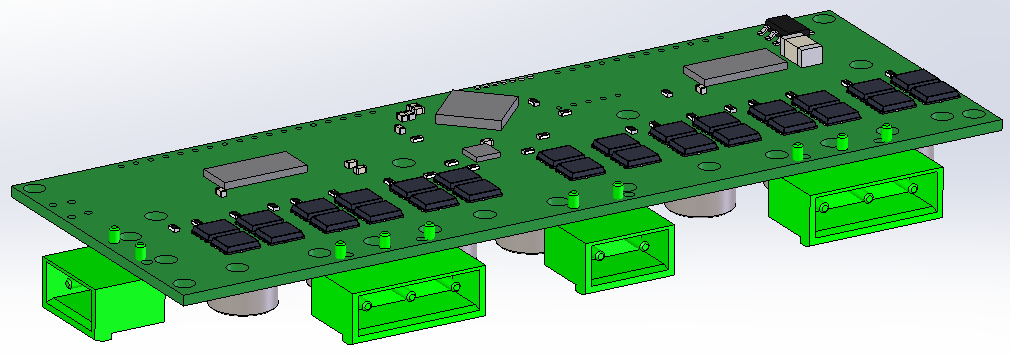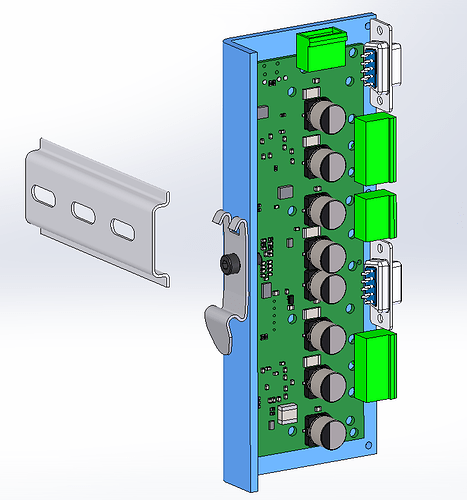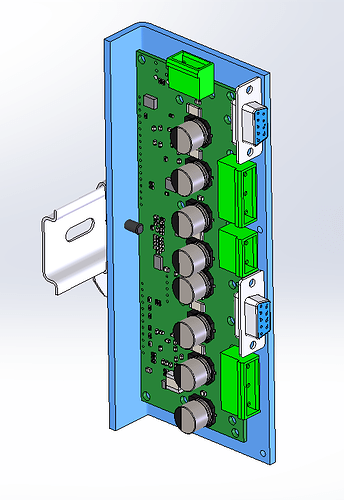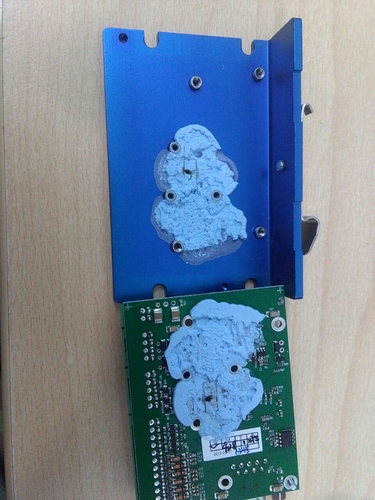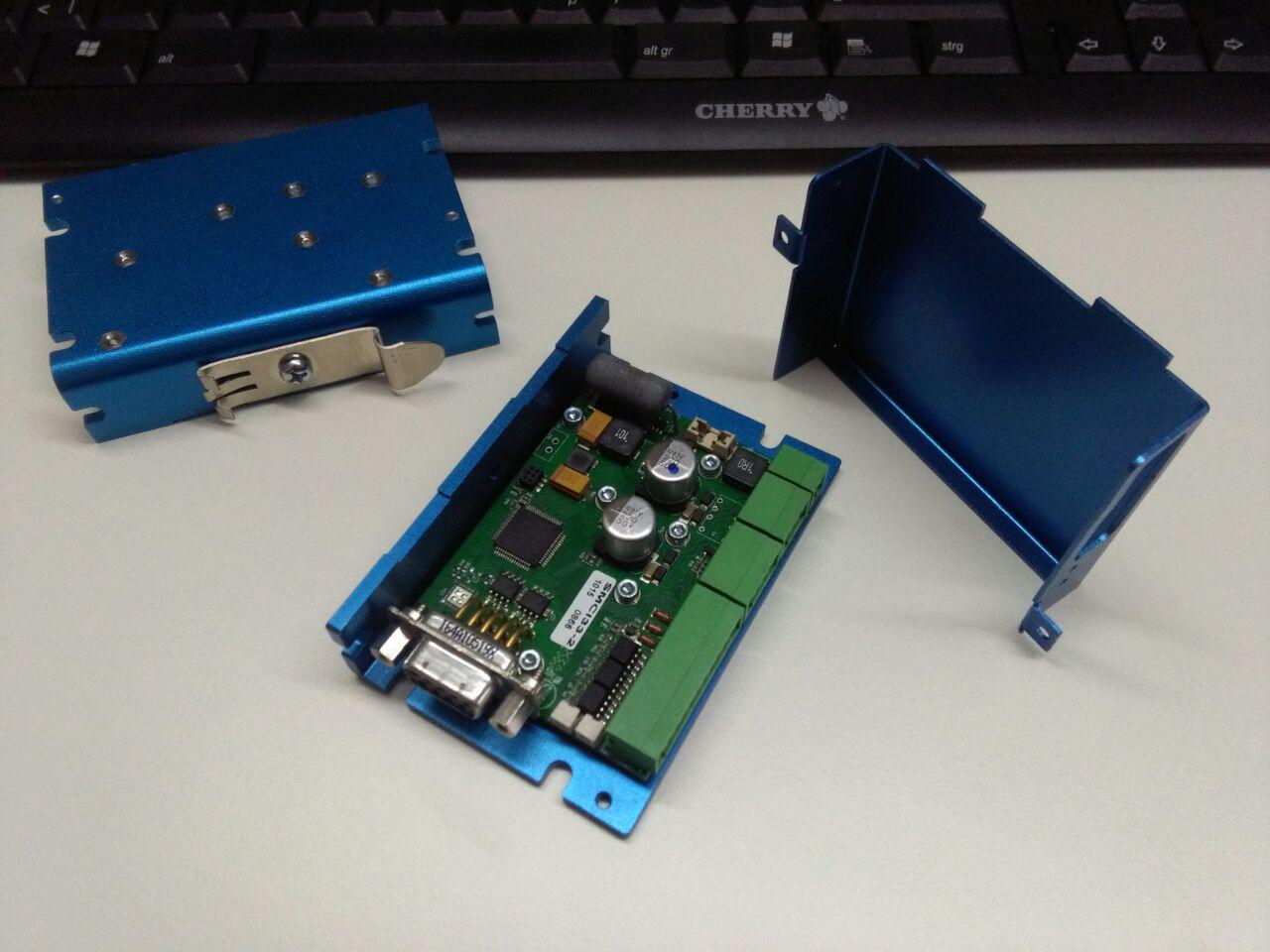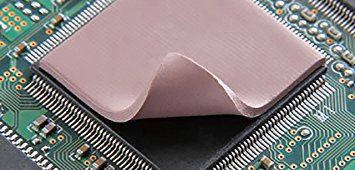Really cool!
So v3.2 sold out a while back, and people have asked me for more stock, I will make another low volume batch at Circuithub again. I didn’t plan on doing any more board design work right now, so I can’t spend the time to do any major changes. That said, there are a few small tweaks I want to make for this batch, so we can sneak in some of the changes you mention.
First of all, I can certainly flip that capacitor to the other side, that will be easy.
When I picked the screw terminals, I just picked some random ones, I didn’t know what was a standard. I don’t think I will put on the pluggable connectors by default, since they are a bit too expensive, and you need both halves. But I can change to some screw terminals that are very similar to the ones I’m currently using, but use the 7.62mm pitch instead. Then you can desolder them and put your own one on.
I found a 2 terminal and a 3 terminal one. @crossbreak can you please verify that the linked parts are suitable for you, in terms of footprint?
I don’t think I can change the layout of the board enough to accommodate right-angle D-Sub connectors for the encoder lines right now. It’s a good idea though, and I’ll keep it in mind. For your own purposes, you could spend the effort of soldering internal wires from a D-Sub to the encoder ports?
Speaking of soldering, you should be aware that all of the through hole components are actually mounted on the side that you plan to put the heatsinking on. Have a look at the picture on the shop page. Of course you can easily desolder the through hole connectors.
One think to keep in mind is the back-pins of any through hole components. I think you see it already in your CAD drawing. Once the capacitor is gone from that side, your tallest things are the pins coming out the other side from the through-hole connectors. I had this problem on ODrive v2, and I could never fit a heatsink.
One idea to solve this is to cut a rectangular peice of aluminum from a 3mm sheet using a bandsaw or something very fast and easy to manufacture, and just use that as a heatspreader between the MOSFETs and the case?
In any case (pun intended), I am interested in chipping in for some enclosures.

